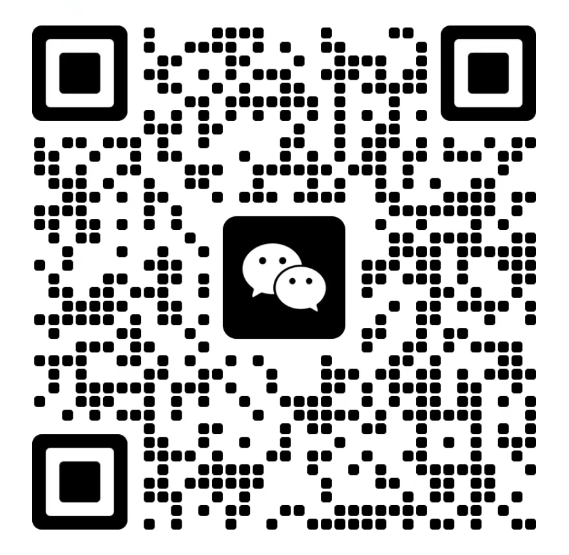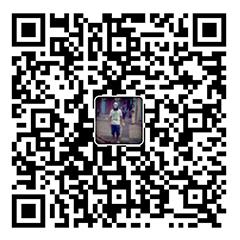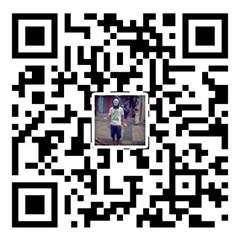The content focuses on the selection of tenses and voices in international English academic abstracts. It likely discusses how to appropriately use different tenses (such as present, past, and future) and voices (active or passive) when writing academic abstracts to ensure clarity, accuracy, and adherence to international academic norms, thereby enhancing the quality and readability of the abstracts.
的国际化表达中,英文摘要的时态与语态选择需兼顾准确性、客观性与可读性,其核心原则可归纳为以下三点:
时态选择:以研究阶段为导向
-
一般现在时(主导时态)
- 适用场景:描述研究目的、方法、结果、结论及普遍性事实。
- 逻辑依据:研究的核心内容(如方法、具有永恒性,不受时间限制。
- 示例:
- "This study employs a quantitative approach to analyze..."(方法)
- "The results indicate a strong correlation..."(结果)
- "These findings suggest that..."
-
一般过去时(辅助时态)
- 适用场景:叙述具体研究过程、实验操作或历史背景。
- 逻辑依据:研究过程具有时间性,需明确动作发生的时间。
- 示例:
- "Previous studies have shown that..."(历史背景)
- "The experiment was conducted in 2023..."(具体过程)
-
现在完成时(谨慎使用)
- 适用场景:强调研究对当前的影响或长期贡献。
- 逻辑依据:需体现过去行为与现在的关联性。
- 示例:
- "This research has advanced the understanding of..."(长期影响)
-
其他时态(罕见使用)
- 将来时:仅用于提出未来研究方向或建议(如 "Future work will focus on...")。
- 进行时/复合时态:避免使用,以防增加理解难度。
语态选择:以客观性为核心
-
被动语态(主导语态)
- 适用场景:强调研究对象或结果,弱化研究者主体。
- 逻辑依据:科技论文需保持客观中立,避免主观色彩。
- 示例:
- "The data was analyzed using SPSS..."(方法)
- "A significant difference was observed between groups..."(结果)
-
主动语态(补充语态)
- 适用场景:描述研究过程或方法时,需明确动作执行者。
- 逻辑依据:主动语态更简洁,适合流程性叙述。
- 示例:
- "We collected 100 samples from..."(具体操作)
- "The team developed a new algorithm..."(创新点)
-
语态混合原则
- 核心规则:避免同一句子内混合语态,保持句式统一。
- 例外情况:若需强调对比(如主动描述过程,被动描述结果),可谨慎使用。
时态与语态的协同策略
-
研究过程描述
- 时态:一般过去时
- 语态:被动语态(突出客观性)
- 示例:
"The samples were randomly assigned to two groups..."
-
结果与结论呈现
- 时态:一般现在时
- 语态:被动语态(强调结果本身)
- 示例:
"The results are consistent with previous findings..."
-
方法论说明
- 时态:一般现在时(若方法具有普适性)或一般过去时(若方法为特定研究设计)
- 语态:主动语态(若需明确执行者)或被动语态(若需弱化执行者)
- 示例:
- "This study adopts a mixed-methods approach..."(普适性方法)
- "The survey was conducted via online platforms..."(特定操作)
常见错误与规避建议
-
时态滥用
- 错误:全文使用单一时态(如全用一般现在时描述过程)。
- 规避:根据研究阶段动态调整时态。
-
语态混淆
- 错误:同一句子内混合主动与被动语态(如 "We analyzed the data and results were significant")。
- 规避:保持句式统一,或拆分为两个句子。
-
主观性介入
- 错误:使用第一人称(如 "I found that...")或主观评价(如 "This study is very important...")。
- 规避:采用第三人称或被动语态,删除主观表述。
国际期刊的偏好与趋势
- 被动语态主导:多数国际期刊(如 Nature、Science)要求摘要以被动语态为主,以体现客观性。
- 主动语态复兴:部分期刊(如 PLoS One)鼓励在方法描述中使用主动语态,以提高可读性。
- 时态简化:避免使用完成时或进行时,以减少理解负担。
时态与语态选择框架
| 研究阶段 | 推荐时态 | 推荐语态 | 示例 |
|---|---|---|---|
| 研究目的/结论 | 一般现在时 | 被动语态 | "The study aims to..." |
| 研究过程/方法 | 一般过去时 | 被动语态(优先)或主动语态 | "The experiment was conducted..." / "We collected data..." |
| 结果/影响 | 一般现在时 | 被动语态 | "The results indicate..." |
| 未来建议 | 将来时 | 主动语态 | "Future work will focus on..." |
通过精准匹配时态与语态,可显著提升摘要的国际化表达水平,增强研究的可信度与影响力。



 微信扫一扫打赏
微信扫一扫打赏 支付宝扫一扫打赏
支付宝扫一扫打赏

